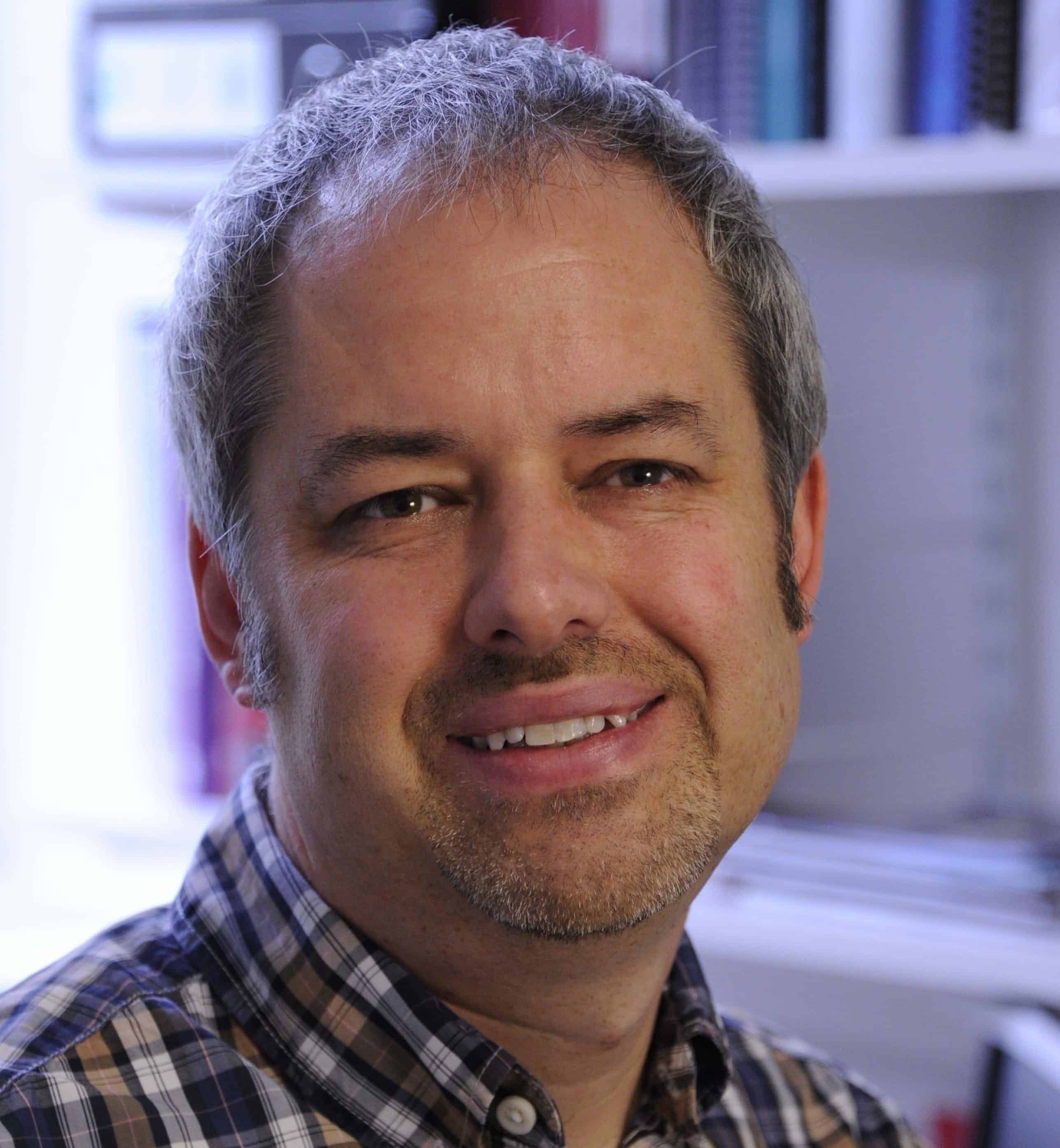 “I love that students have power. It made me think ‘ Oh that’s interesting, how do you manage to even the playing field in engagement activities?’” — Julian Rayner, Director, Cambridge Institute of Medical Research; Director, Wellcome Genome Campus Connecting Science
“I love that students have power. It made me think ‘ Oh that’s interesting, how do you manage to even the playing field in engagement activities?’” — Julian Rayner, Director, Cambridge Institute of Medical Research; Director, Wellcome Genome Campus Connecting ScienceJulian is an active malaria researcher. He also leads a programme of learning and engagement around genomics for scientists, healthcare professionals and public audiences.
In 2011, Julian took part in the Argon Zone of I’m a Scientist and describes it as a ‘transformative moment’ in his public engagement career:
“On my office wall I have a couple of papers that have made the covers of certain journals. Right next to them is my certificate from I’m a Scientist”
“
The creativity of the format opened me up to a real vibrancy in public engagement.
Learning new ways of engaging
“It taught me about dialogue and the importance of two-way engagement. There’s something about the online, pseudonymous format that means everyone asks questions, not just those at the front of the room.”
I love that students have power. It made me think ‘ Oh that’s interesting, how do you manage to even the playing field in engagement activities?
I learnt that people aren’t just interested in the science, the research, but also the process and the people behind it.”
Changing how things are done
“The creativity of the format opened me up to a real vibrancy in public engagement – the range of ideas that were out there, as well as the community of skilled and dedicated engagement professionals.
“We did a Sanger Institute-only zone after I took part and it was the biggest uptake of any public engagement event we’d done at that point.
This confirmed my tentative theory that most people have an interest in doing engagement, we just need to keep finding ways of making it accessible and exciting.”
To take part in a future I’m a Scientist activity, apply now at imascientist.org.uk/scientists, or contact admin@imascientist.org.uk for more information.
Work for an institution? Find out how to fund regular places in the activity for your researchers.
Recent Comments
No comments to display